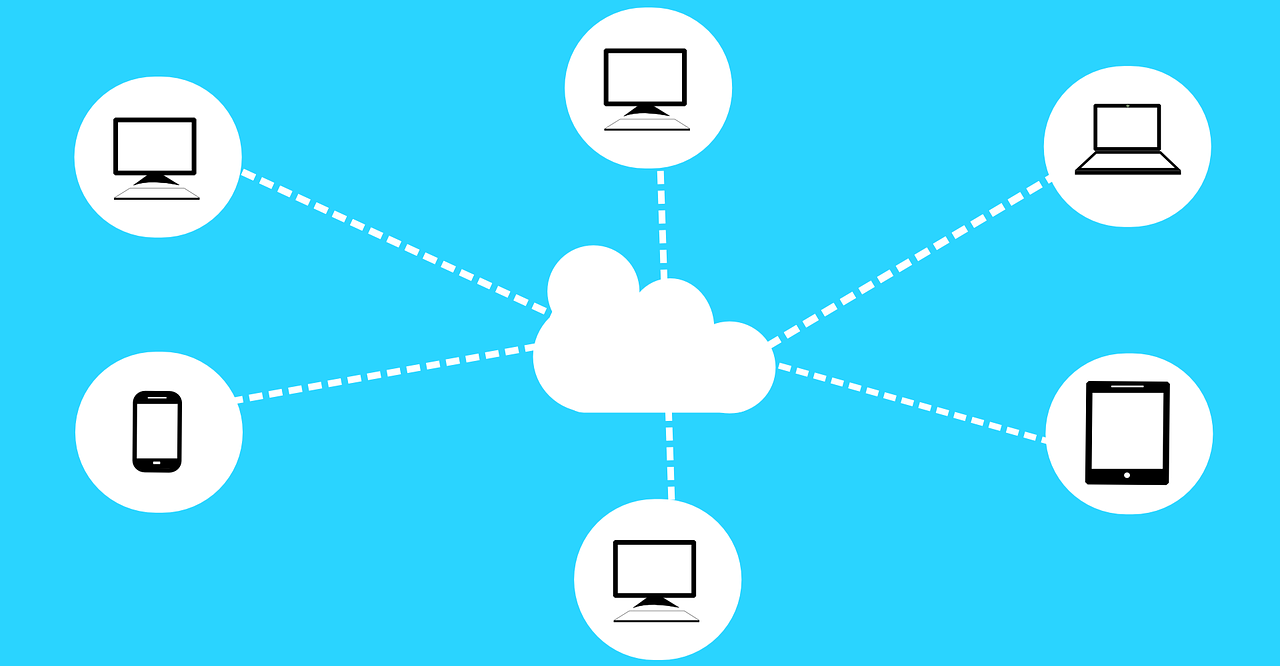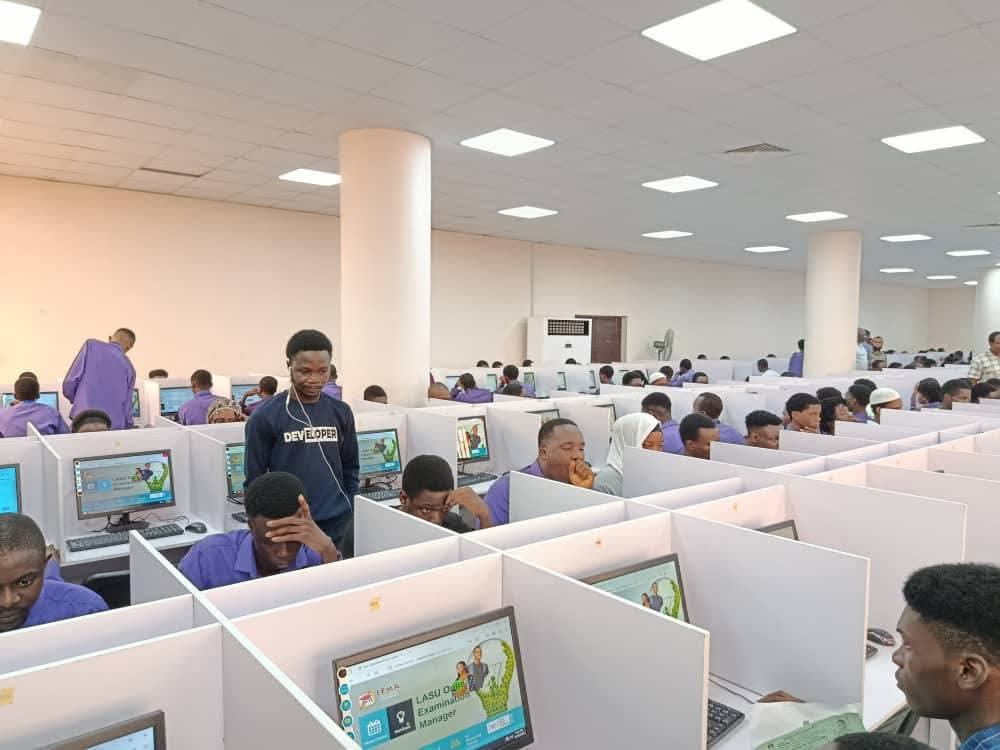By 2020, there will be 5,200 GB of data for every person on Earth, 15% of which will be cloud-stored. Students of the future definitely won’t be raised on the textbooks solely, the next generation of learners will witness the greatest technology-driven transformations.
Now, that everyone talks about new knowledge portals, such as virtual reality, chatbots, and robot teachers, thinking about classroom technology, very few realize that higher education at some point has stopped to be right for all, but became a privilege for a few.
Indeed, technology can become the main key to saving the budget and cutting expenses that are traditionally passed on shoulders of teachers and students, who seek education in the high quality learning environment.
Cloud-based schooling
Cloud-based school is no longer a future agenda, – it’s a matter of reality. The first cloud-learning lab is currently located in Harlem. The collaboration that is carried out “in the cloud” is, perhaps, the most promising in terms of student-computer relationship.
The real power of such education format unfolds in learning situations in which students have the opportunity to work together on collective projects, having only their laptops or phones.
The obvious advantage that’s related to the cloud-based schools is, undoubtedly, decreased premises demand that will be reducing the cost of education.
The second bonus is software purchasing savings, becoming available due to the Office Web Apps technologies, f.g, the whole set of GSuite essentials that is accessible for free for Google Classroom users.
Besides, it’s hard to disagree that such giants as Google, IBM or Amazon have much more options for storing and protecting the data against viruses and hackers than average school or university. Cloud storages of big organizations have much more opportunities to organize large repositories of data and securely store them on their private servers.

Online courses from leaders
Online courses are widely used for the practical knowledge improvement such as remote training of the new skill.
Professors and academic advisors from universities such as Yale, Barclay, Oxford, and Harvard can share their knowledge with the most distant schools and universities using such online course platforms as Coursera or Udacity.
Recently Google, together with Coursera’s educational platform, has created an online course that will turn the amateur into a job as a major IT company within 8-12 months, writes Bloomberg. For 10 thousand people the program will be free.
This is a part of the company’s huge training strategy, in which the technology giant has invested $ 1 billion. It involves constant practice in virtual laboratories, getting the lectures during which participants will be completing the tasks in order to be transferred to the next module.
Such initiatives are not only helping the educational sector to evolve, this way unskilled employees get new workplaces and companies that invest in education are, basically, solving the problem with personnel shortage in their industry.
Crowdfunding and free sources
Overcoming high cost in education is a challenge, U.S spends billion dollars on education, over the last 27 years, governmental spending has grown from $17.1 billion in 1989 to $68.3 billion in 2016.
Research has also found that shortage of funding costs educators $500 to equip the classroom with supplies, such as books and classroom resources.
Luckily, educational communities started creating specific places and sites for social donations, like DonorsChoose.org, where every educator can seek donations, no matter what it is, a pack of pencils, or the hydrogen fuel for the laboratory.
While school funding may still stay a little bit out of control for many educators, the lessons can be based on free classroom tech tools that suggest using their services for free.
For instance, reviewing classroom assignments can be automated in the Google Classroom, with a help of plagiarism checker, such as Unicheck. Unicheck also has plagiarism checker Google Docs Add-on that gives the students opportunities to pre-check the assignments independently.
This cloud-based app integrates into the various LMSs, opening the possibilities for the teachers to leave the comments in the similarity reports and share the results with students, it has “essentials” package, that is available for free in certain countries.
Reaching out free educational sources nowadays is a normal practice for educators all around the world. Many services, such as Khan Academy, have become irreplaceable for educators in terms of assessment, providing additional materials for students and timely feedback.
Khan Academy can be reached from the website or installed as an app straight into LMS. The app gives an additional opportunity to build the flipped classroom lesson plans based on free access materials, as well, it helps in tracking the progress so the teachers can guide the students who have problems with course completion.

The future is bright if we make it
In place of ” find on the Internet and save to your computer” comes another motto – “create it and share in the cloud of with your classmate.”
The development of cloud services and technologies has started a new educational era where every student connected to the network can get access to the top quality resources and benefit from them without spending much money.
Organizations partnering with educational institutions can create a greater ground for the classroom innovations that will save money for technical staff in schools, offer a free and secure file storage, and create an openness of the educational environment for everyone who’s being educated or educates.




 elvis@edugist.org,
elvis@edugist.org, 
 +234 818 578 7349
+234 818 578 7349 







This is a well written and informercial post with indepth content. Thank you for reiterating the importance of tech in education.
[…] parenting involves, today’s parents face another problem of how to present the better version of technology to children so that they use it judiciously. This cold war with technology is new, as no other […]